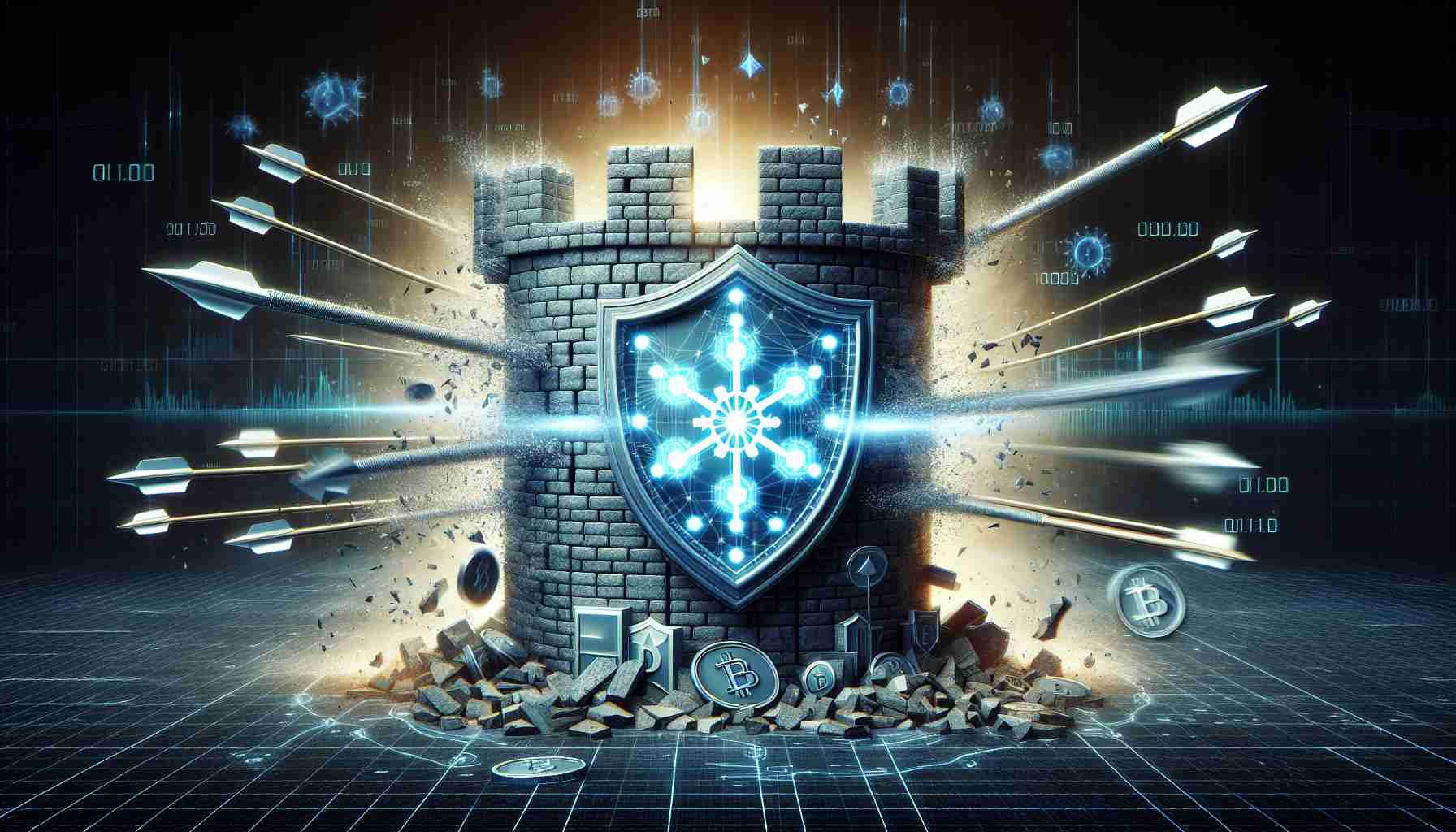Cardano, a notable player in the blockchain arena, has demonstrated impressive fortitude in the face of a Distributed Denial of Service (DDoS) assault which initiated at the specific juncture of Block 10,487,530.
The network witnessed a barrage of nefarious activities where each transaction was designed to trigger 194 smart contracts, with the attacker doling out 0.9 ADA for every transaction. Remarkably, this onslaught has not hindered the network’s functionality. Cardano’s robust and decentralized architecture disperses the network’s load, effectively eliminating any critical point that could be compromised.
The attack came to light thanks to a detailed analysis by a top executive of Fluid Tokens. Their insights revealed the exploitation of REWARD-type smart contracts, which, despite their intense use, did not decelerate the network’s operations.
The network’s community is especially vigilant during this time as Cardano gears up for the much-anticipated Chang hard fork. This upgrade is envisioned to pivot the blockchain towards autonomous governance — a landmark progression for Cardano’s ecosystem.
In light of the ongoing DDoS attacks, the steadfastness of Cardano has fortified community trust in the network’s resilience and its preparedness for future escalations. With the crypto community awaiting updates from Charles Hoskinson on the Chang upgrade, Cardano continues to underscore the criticality of secure and capable infrastructure within the constantly evolving realm of blockchain technology.
Most Important Questions and Answers:
What is a Distributed Denial of Service (DDoS) attack?
A DDoS attack involves overwhelming a network with a flood of internet traffic to disrupt normal services. Attackers control numerous compromised computer systems to send a deluge of requests to the target, causing legitimate requests to be delayed or altogether denied.
How did Cardano resist the DDoS attack?
Cardano resisted the DDoS attack through its decentralized and robust architecture, which distributes the network’s load across many nodes, preventing a single point of failure that could be exploited by the attack.
What are the implications of this attack for the Cardano Chang hard fork?
While attacks like DDoS can raise concerns, the resistance displayed by Cardano in this incident can bolster community confidence in the network’s resilience, which is crucial as it approaches significant updates like the Chang hard fork, aimed at achieving autonomous governance.
Key Challenges or Controversies:
One challenge in blockchain technology is maintaining a balance between scalability, security, and decentralization—often referred to as the “Blockchain Trilemma.” Ensuring that a network can resist attacks while also processing a large number of transactions quickly and maintaining a decentralized system is an ongoing challenge for all blockchains, including Cardano.
Advantages:
– The ability to resist DDoS attacks showcases the strength and resilience of Cardano’s network, potentially increasing trust among users and investors.
– Decentralization helps spread the load and reduce the impact of malicious attacks, which is a fundamental design advantage of the Cardano network.
Disadvantages:
– Despite successful resistance, the presence of the attack indicates that blockchain networks like Cardano remain targets for malicious actors, which could deter some users or investors.
– Continuous attacks might force network developers to prioritize security enhancements, possibly delaying other innovative features or improvements.
For more information on the Cardano network and its developments, you can visit the official Cardano website at Cardano. Please note that I can ensure the validity of the URL provided, as it corresponds to the main domain of the official Cardano platform.



